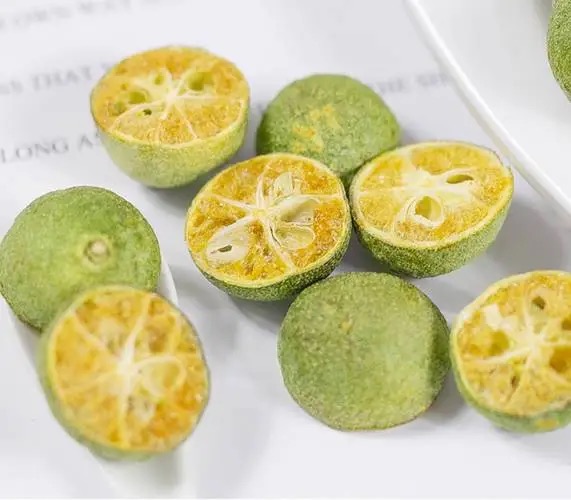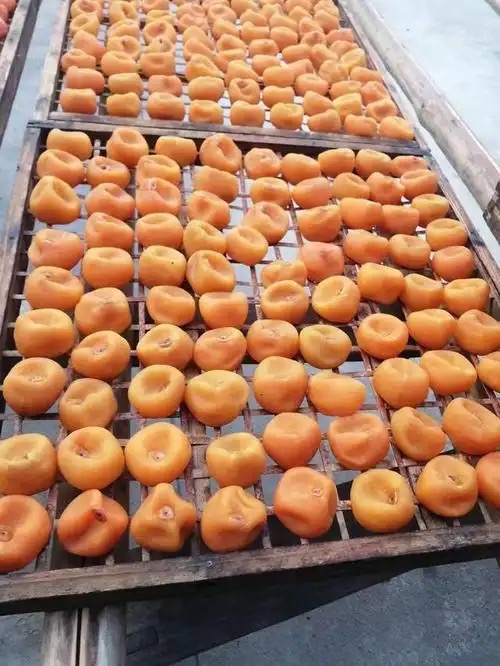
Content Menu
● Introduction
● Understanding Heat Pump Dryers
● The Food Drying Process
● Benefits of Heat Pump Dryers in Food Processing
● Applications of Heat Pump Technology in Food Industry
● Challenges and Considerations
● Future Trends in Food Drying Technology
● Conclusion
● Frequently Asked Questions
>> 1. What is the main advantage of using heat pump dryers for food?
>> 2. Can all types of food be dried using heat pump technology?
>> 3. How does heat pump drying compare to traditional drying methods?
>> 4. What maintenance is required for heat pump dryers?
>> 5. Are heat pump dryers suitable for home use?
Introduction
Food preservation is a critical aspect of the food industry, ensuring that products remain safe and nutritious for consumption over extended periods. Among various preservation methods, drying is one of the oldest and most effective techniques. In recent years, heat pump technology has emerged as a revolutionary method for drying food, offering numerous advantages over traditional drying methods. This article explores the intricacies of heat pump dryers, their operational mechanisms, and their significant role in the food drying process.

Understanding Heat Pump Dryers
Heat pump dryers operate on a principle similar to that of air conditioners and refrigerators. They utilize a closed-loop system to extract moisture from food while recycling heat, making them highly energy-efficient. The process begins when the dryer draws in ambient air, which is then heated using a refrigerant. This hot air is circulated through the food, absorbing moisture. As the air becomes saturated with water vapor, it is passed through a condenser where the moisture condenses back into liquid form, effectively removing it from the drying chamber.
This method contrasts sharply with traditional drying techniques, which often rely on high temperatures and extensive ventilation to remove moisture. Heat pump dryers can operate at lower temperatures, which is particularly beneficial for preserving the quality of sensitive foods.
The Food Drying Process
The food drying process involves several critical steps, including pre-treatment, drying, and post-drying handling. Pre-treatment may involve blanching or slicing food to enhance drying efficiency. Once prepared, the food is placed in the heat pump dryer, where it undergoes a controlled drying process.
The drying phase is crucial, as it determines the final quality of the product. Heat pump dryers maintain optimal humidity and temperature levels, ensuring that food retains its flavor, color, and nutritional value. After drying, the food must be cooled and packaged appropriately to prevent moisture reabsorption.

Benefits of Heat Pump Dryers in Food Processing
Heat pump dryers offer numerous benefits that make them an attractive option for food processors. One of the most significant advantages is their energy efficiency. Compared to traditional dryers, heat pump models can reduce energy consumption by up to 50%, leading to substantial cost savings over time.
Additionally, heat pump dryers excel in preserving the nutritional quality of food. The lower drying temperatures prevent the degradation of vitamins and minerals, ensuring that the final product is not only safe but also healthy. This is particularly important for fruits and vegetables, which can lose significant nutritional value when dried at high temperatures.
Applications of Heat Pump Technology in Food Industry
Heat pump technology has found applications across various sectors of the food industry. For instance, commercial fruit and vegetable processors utilize heat pump dryers to produce high-quality dried products that retain their natural flavors and colors. Similarly, meat processors use heat pump technology to create jerky and other dried meat products, ensuring safety and extending shelf life.
Case studies have shown that companies employing heat pump dryers have experienced increased product quality and reduced operational costs. For example, a fruit processing company reported a 30% increase in product quality ratings after switching to heat pump drying technology.
Challenges and Considerations
While heat pump dryers offer many advantages, they are not without challenges. Initial investment costs can be higher than traditional drying systems, which may deter some businesses. Additionally, the drying process can take longer, which may not be suitable for operations requiring rapid turnaround times.
Regular maintenance is also essential to ensure optimal performance. This includes cleaning filters, checking refrigerant levels, and ensuring that the system is free from blockages. Proper maintenance can significantly extend the lifespan of the equipment and enhance its efficiency.
Future Trends in Food Drying Technology
The future of food drying technology looks promising, with ongoing innovations in heat pump systems. Advances in automation and smart technology are expected to enhance the efficiency and user-friendliness of heat pump dryers. For instance, integrating IoT technology can allow for real-time monitoring and adjustments, optimizing the drying process based on specific food types and moisture levels.
Moreover, as sustainability becomes a more pressing concern, heat pump dryers are likely to gain popularity due to their energy-saving capabilities and reduced environmental impact. The food industry is increasingly looking for ways to minimize waste and energy consumption, making heat pump technology a viable solution.
Conclusion
Heat pump technology represents a significant advancement in the field of food drying, offering numerous benefits that enhance product quality and operational efficiency. As the food industry continues to evolve, the adoption of heat pump dryers is likely to increase, driven by the need for sustainable and energy-efficient solutions. By understanding the intricacies of this technology, food processors can make informed decisions that benefit their operations and the environment.

Frequently Asked Questions
1. What is the main advantage of using heat pump dryers for food?
Heat pump dryers are energy-efficient and help preserve the nutritional quality of food.
2. Can all types of food be dried using heat pump technology?
Most foods can be dried, but moisture content and type of food can affect the drying process.
3. How does heat pump drying compare to traditional drying methods?
Heat pump drying is more energy-efficient and maintains better food quality compared to traditional methods.
4. What maintenance is required for heat pump dryers?
Regular cleaning of filters and checking for any blockages in the system are essential for optimal performance.
5. Are heat pump dryers suitable for home use?
Yes, there are models designed for home use that are compact and efficient.












